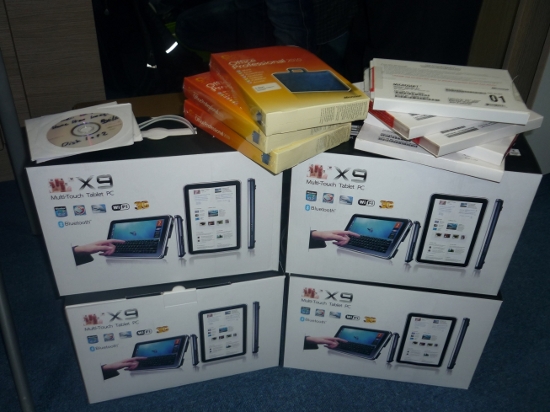
After a six month investigation in cooperation with Microsoft’s Counterfeit Investigation unit, the Singapore police last week seized over a thousand pieces of pirated Microsoft software as well as twelve tablet PCs that had unlicensed Windows 7 installed.
The police raided warehouses in Changi, Pasir Ris, Chinatown and Bukit Batok to uncover a covert counterfeit software ring that operates across China, Malaysia, Singapore, and Australia.
Microsoft said in a statement that there is an increase in the availability of sophisticated counterfeit software that closely resembles genuine and authentic versions, some even with the Certificate of Authenticity sticker on them. These products look like the real deal to the untrained eye and consumers who don’t pay close attention will likely buy software that is laden with malware.
And while it feels good to get a bargain on Windows — which can be seriously expensive — pirated Windows will fail the activation test and subsequently be denied any future software updates and security patches. There is, of course, also the issue of intellectual property rights.
In the Asia-Pacific region, 59 percent of PCs contain unlicensed, pirated or counterfeit software compared to the global average of 42 percent. While Singapore is reported to have the fourth-lowest software piracy rate in the region, data from anti-piracy watchdog, the Business Software Alliance (BSA), and IDC suggests that piracy rates continue to hover around the 35 percent mark, representing dollar losses of over US$197 million a year in Singapore alone.
If you’re concerned that your copy of Windows or any other Microsoft software smells fishy, Microsoft has a portal which educates consumers on how to spot pirated software. In addition, you can email piracy@microsoft.com for any queries or reports.
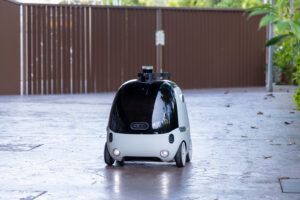
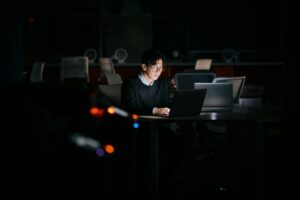
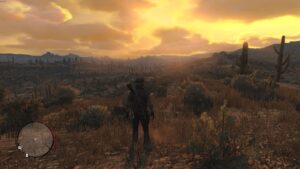
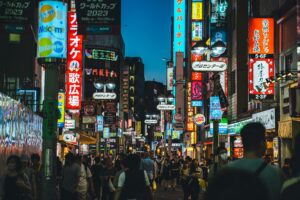

Why beg, borrow or steal when you can own!
Use Linux (Ubuntu). Its free, safe, fast, efficient and used in many devices. Its the future!